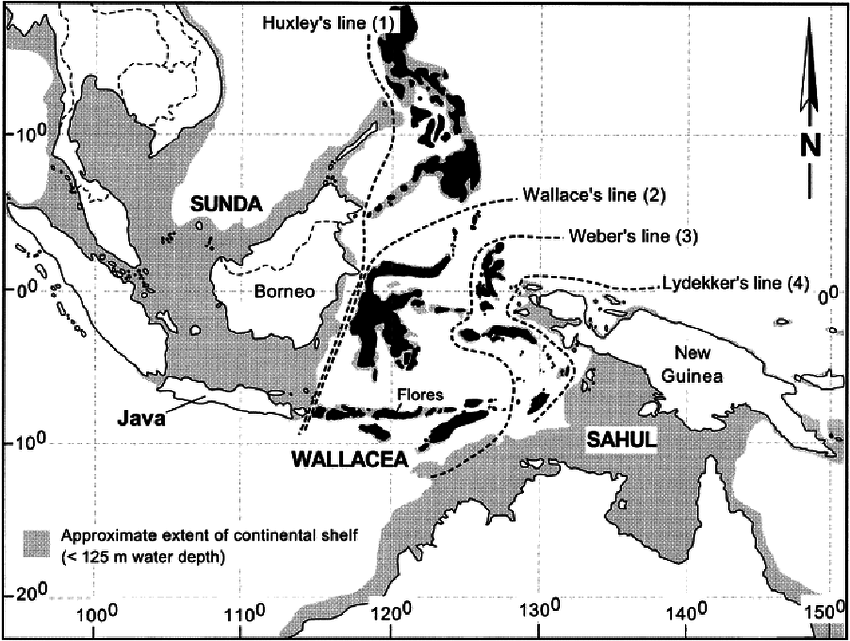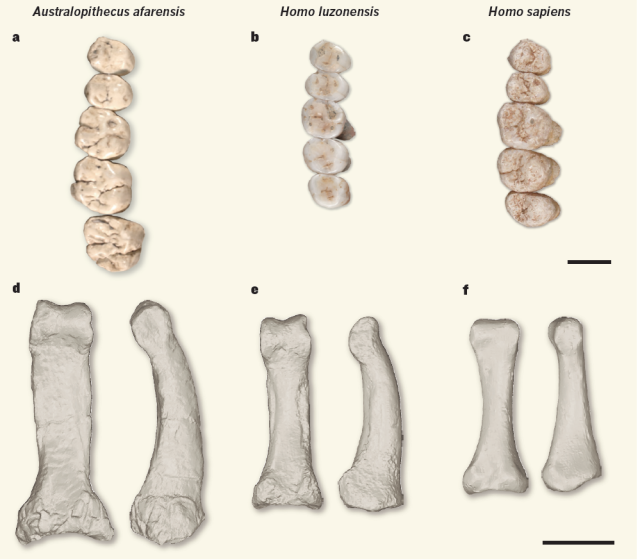Recent discoveries of stone tools near a river on Sulawesi, an Indonesian island, indicate that hominins may have arrived on the islands at least 1.04 million years ago. This timeframe aligns with the period when the ancestors of the well-known “Hobbits” might have first settled on the island of Flores.
A team led by archaeologist Budianto Hakim from Indonesia’s National Research and Innovation Agency made the significant find. While these stone flakes do not provide definitive information about the specific ancestors of the diminutive hominins or their journey to remote locations like Flores and Luzon, they contribute valuable data to the ongoing research. The handful of tools may ultimately assist scientists in understanding how various hominin species navigated and populated extensive regions of the world long before modern humans emerged.
Exploring Ancient Crossings
The findings at the Calio site, located in a cornfield near the village of Ujung in southern Sulawesi, reveal only a few sharp stone flakes that date back approximately a million years. Seven flakes, measuring between 22 and 60 millimeters, are evidence of early human craftsmanship, displaying wear from their time in a riverbed. These tools appear to have been shaped by skilled hands—either human or human-like—using harder stones to create sharp-edged chert flakes for cutting and scraping.
The oldest tools may date from 1.04 to 1.48 million years ago, based on the dating of teeth found in a nearby wild pig jawbone excavated from a layer above the primary tool site, which was estimated to be around 1.26 million years old. This statistical modeling provides a timeline for when the stone flakes became buried.
The younger end of the dating suggests that these tools represent the oldest evidence of any hominin species in the Indonesian and Philippine Islands. This region, sometimes referred to as Wallacea, acts as a bridge between Asia and Australia, separated by expansive ocean channels.
“However, the Calio site has not yielded any hominin fossils,” noted researcher Chris Stringer. “We have established that there were tool-makers on Sulawesi a million years ago, but their exact identity is still unknown.” They may have connections to the Hobbits, a unique group of hominins who lived hundreds of kilometers away on Flores until about 50,000 years ago.
“The finding of early artifacts at Calio suggests that Sulawesi could have been populated by hominins around the same time, if not earlier, than those on Flores,” the research team remarked in their recent publication.
Linking to Flores
The islands of Indonesia and the Philippines have served as a critical area for hominins for over a million years. Modern humans made their appearance in this region roughly 63,000 to 73,000 years ago, but at least one other hominin species had already established a presence long before.
“The timeline of when hominins first reached Sulawesi remains uncertain, as does the species that initiated the colonization,” the authors commented.

Credit:
Darren O’Connell
These recently discovered stone tools carry significant weight in the academic discourse surrounding early human history. Every find from this period adds to our understanding of the timeline and geography of hominin migrations across the globe.
As researchers continue to document historical evidence, the picture of hominin species present on different islands becomes increasingly detailed. Once these early humans crossed the Makassar Strait, they likely formed isolated groups cut off from one another and from the mainland, thus accelerating the evolution of diverse hominin species. On islands such as Flores and Luzon, these initial settlers eventually gave rise to unique species such as Homo floresiensis and Homo luzonensis.
Richard Roberts, a paleoanthropologist at the University of Wollongong and a co-discoverer of Homo floresiensis, believes that there may be additional undocumented island hominin species awaiting discovery.
In 2019, when Homo luzonensis was identified, Roberts remarked, “These new fossils, assigned to a new species, support predictions made years ago about discovering other unknown hominins in the Southeast Asian islands.”
Both Homo floresiensis and Homo luzonensis were relatively small, measuring just over a meter tall. Despite exhibiting distinct skeletal features, they also share common traits that indicate they likely descended from the same ancestral line, separate from modern humans. This suggests that Wallacea may have hosted numerous other hominin relatives, according to Roberts and his team.
Complex Family Networks
The question of the common ancestor among these diverse hominin lineages complicates the narrative. While most paleoanthropologists point to Homo erectus as a possible ancestor, some intriguing clues hint that even earlier relatives, such as Australopithecines, might have made the journey to these islands a million years prior.
The presence of curved finger and toe bones in Homo luzonensis suggests a lifestyle that incorporated both arboreal and terrestrial locomotion, reminiscent of Australopithecines rather than the genus Homo. Nevertheless, their dental characteristics are more aligned with modern humans, complicating the classification and evolutionary understanding of these species.
The timeline for the arrival of the Hobbits on their islands remains critical for understanding these evolutionary pathways.

A comparison of the teeth and bones from Homo luzonensis, Homo sapiens, and Australopithecus afarensis.
Credit:
Tocheri 2019
While the precise identity of the hominin toolmakers on Flores by 1.02 million years ago is still debated—whether they were Homo erectus, Australopithecines, or an early version of Homo floresiensis—the distinct characteristics of the Hobbits appear to have manifested by around 700,000 years ago. Fossil evidence from a site called Mata Menge indicates this timeline, while the Hobbits found in Liang Bua Cave date to between 50,000 and 100,000 years ago.
Over on Luzon, the earliest stone tools found, along with their corresponding cut marks, date back to about 700,000 years ago, aligning with the ages of the Hobbit fossils from Mata Menge. The earliest fossils of Homo luzonensis date from between 50,000 and 67,000 years ago. There is hope that older evidence of the original settlers and of Homo luzonensis will eventually surface, though much remains unknown.
The identification of the oldest hominin traces on Sulawesi supports the notion that the island may have hosted its own unique hominin lineage.
Potential for Further Discoveries
As researchers investigate the timeline of hominin migrations to Sulawesi, understanding their methods of arrival becomes crucial. These islands are geographically isolated, lying thousands of kilometers from the mainland and each other, which poses challenges in determining how early hominins traversed such vast oceans.
There is currently no tangible evidence of any seafaring capabilities among early hominins, such as the construction of boats or rafts, as the organic materials that might have been used would have decayed over time. However, it’s noted that some ancient hominins possessed foundational skills in woodworking and rope-making, which would be essential for building simple watercraft.
Alternatively, it is speculated that coastal hominins from mainland Southeast Asia may have been swept out to sea during a tsunami, with a few lucky individuals reaching islands like Sulawesi, Flores, or Luzon. For this scenario to be plausible, enough hominins would have needed to wash ashore to establish a sustainable population, potentially requiring multiple events to account for the presence on several islands.
Regardless of the means of arrival, it marks a significant milestone in human history, even for the diminutive Hobbits.
Nature, 2025 DOI: 10.1038/s41586-025-09348-6 (About DOIs).





